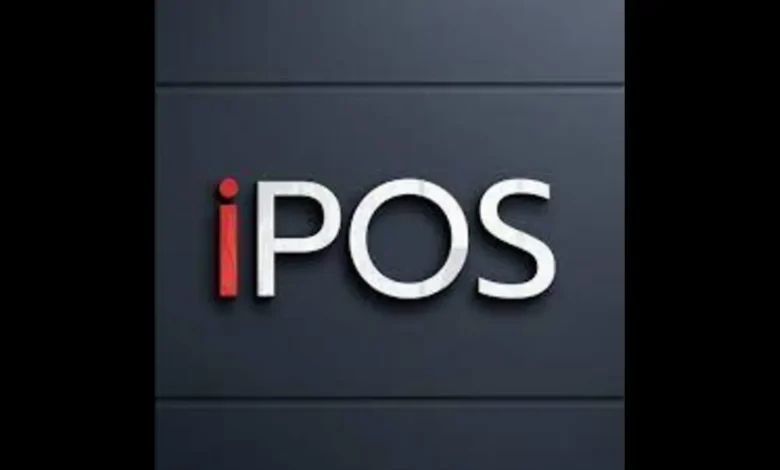IPOs of 2013


The year 2013 marked a significant resurgence in initial public offerings (IPOs), reflecting an optimistic period in the financial markets. The performance of these companies post-IPO provides valuable insights into market dynamics, investor sentiment, and the strategic adaptations necessary for success.
1. Twitter (Now X): Twitter’s 2013 IPO was a major event, symbolizing the tech sector’s strength. Post-IPO, the company evolved beyond its microblogging roots, expanding its role as a news and social interaction hub. Recently, under Elon Musk’s ownership, Twitter rebranded as “X,” shifting focus to include digital payments, e-commerce, and multimedia services. The introduction of Grok, an AI-powered chatbot, highlights X’s commitment to advanced technology, enhancing user interaction and positioning the company at the forefront of AI-integrated social platforms. Valued at $44 billion pre-delisting, it’s now estimated at $19 billion, a reflection of the volatile tech industry and its expansive rebranding.
2. FireEye: As a cybersecurity firm, FireEye capitalized on the increasing demand for advanced threat protection. Transitioning towards cloud-based solutions, FireEye has remained a key player in cybersecurity, adapting through strategic acquisitions and divestitures. With a market capitalization of $4.13 billion and a share price of $17.27, FireEye demonstrates resilience and adaptability in a dynamic sector.
3. Zulily: Specializing in flash sales for mothers and children, Zulily differentiated itself in the competitive online retail market. The company invested in logistics and technology to enhance customer experience, expanding beyond its original product range. While current market data is unavailable, Zulily’s focus on its unique business model and product diversification highlights its strategic approach in a challenging industry.
4. Tableau Software: Revolutionizing the data analytics and business intelligence sector, Tableau made data analysis accessible to a broader audience. Post-IPO, the company continued to innovate, integrating AI and machine learning for deeper insights. Acquired by Salesforce in 2019, Tableau’s independent market data ceased to exist, but its impact in democratizing data analysis is noteworthy.
Post-IPO Challenges and Adaptations: The 2013 IPO cohort faced numerous challenges, including evolving regulatory landscapes and technological changes. Successful companies stayed agile, continuously innovating and adapting to market demands. Strategies like international expansion and adapting to public investor expectations were key. Effective communication and maintaining a strong company message became essential in managing market expectations and building investor confidence.
The Role of Data and Technology: Leveraging data analytics and technological advancements has been crucial for sustaining growth post-IPO. Companies like FireEye and Tableau excelled by using data for customer insights and operational efficiencies. The integration of AI and machine learning technologies has enabled enhanced offerings and customer personalization. Staying ahead of technological trends and integrating new tools is vital for efficiency and creating new revenue streams.
Looking Forward: The journey of the 2013 IPO class underscores that the real test begins after going public, where strategic decisions, market adaptability, and technological innovation become success pillars. For investors and business leaders, these companies offer lessons in long-term vision, adaptability, and resilience.
The 2013 IPO class provides a compelling case study in market dynamics and post-IPO trajectories. As market conditions evolve, their stories offer valuable lessons for investors, analysts, and business leaders, emphasizing the importance of strategic adaptations and technological advancements in the ever-changing business landscape. Read more about Companies that had their IPO in 2013 on Dealgrotto’s Blog. Dealgrotto is a private equity pipeline management software.





